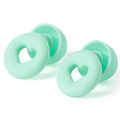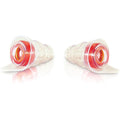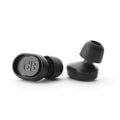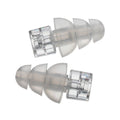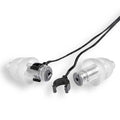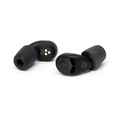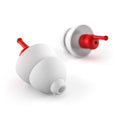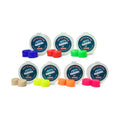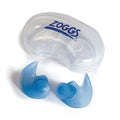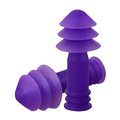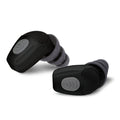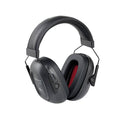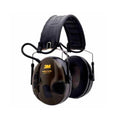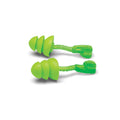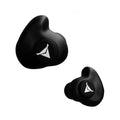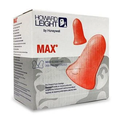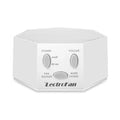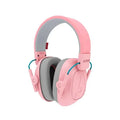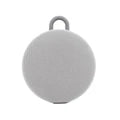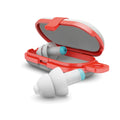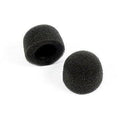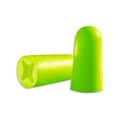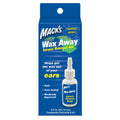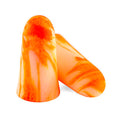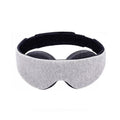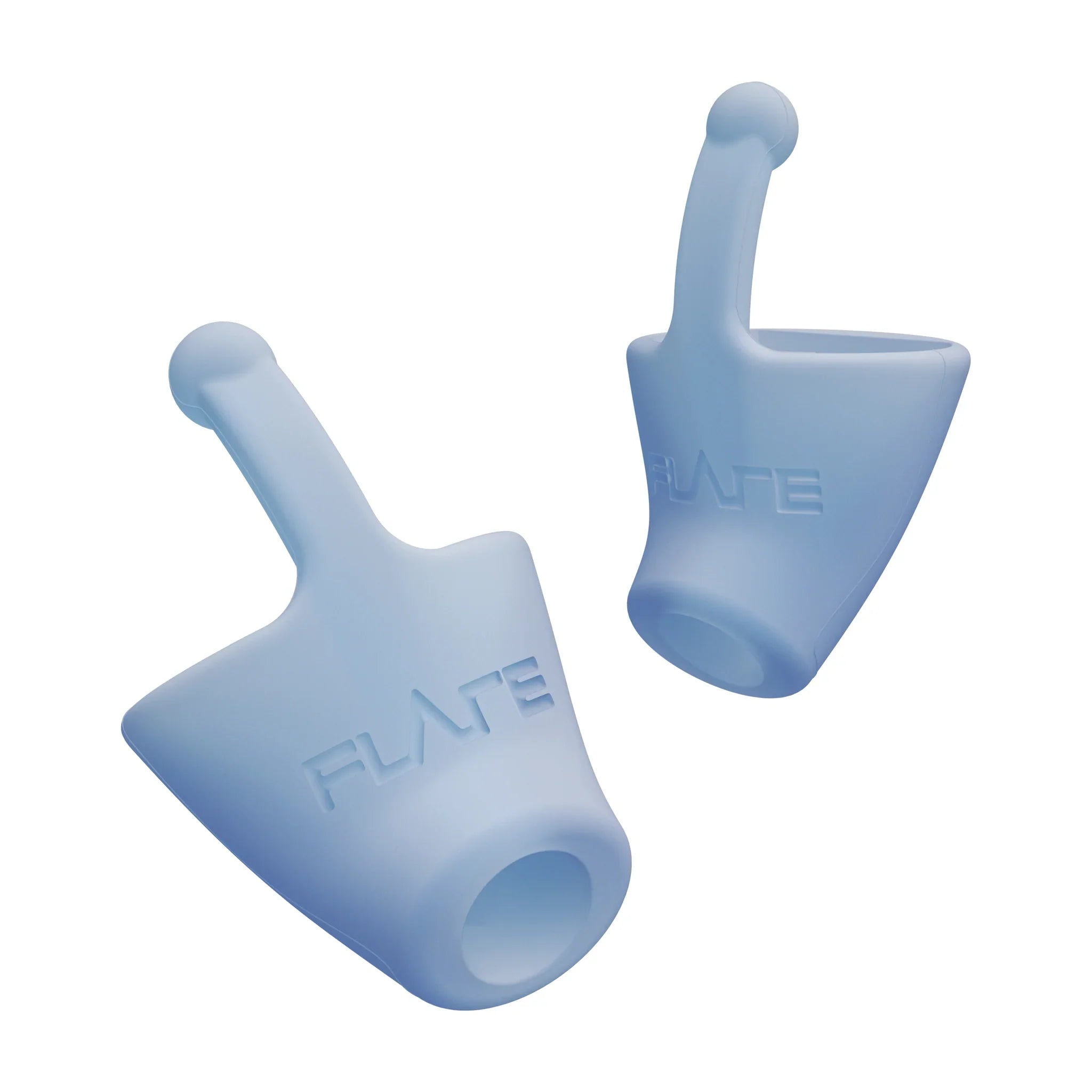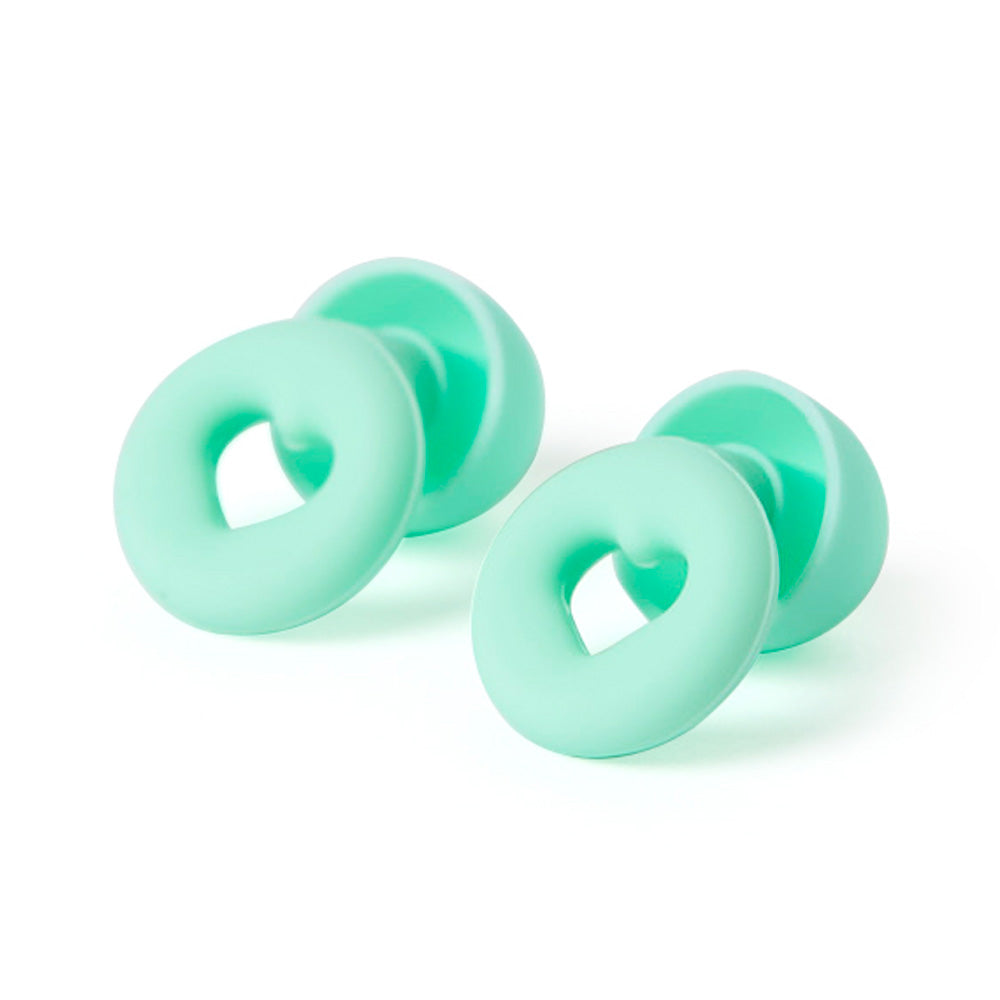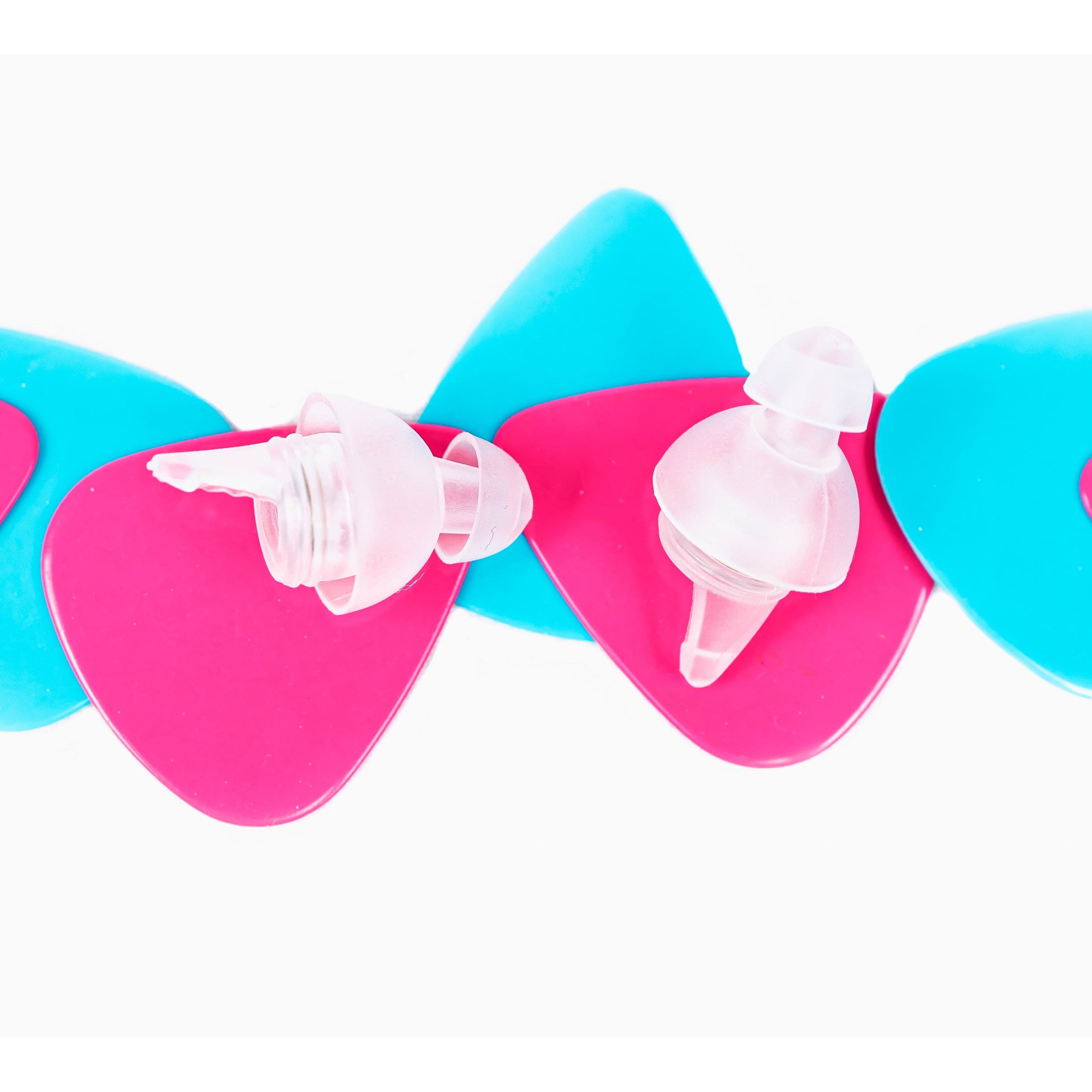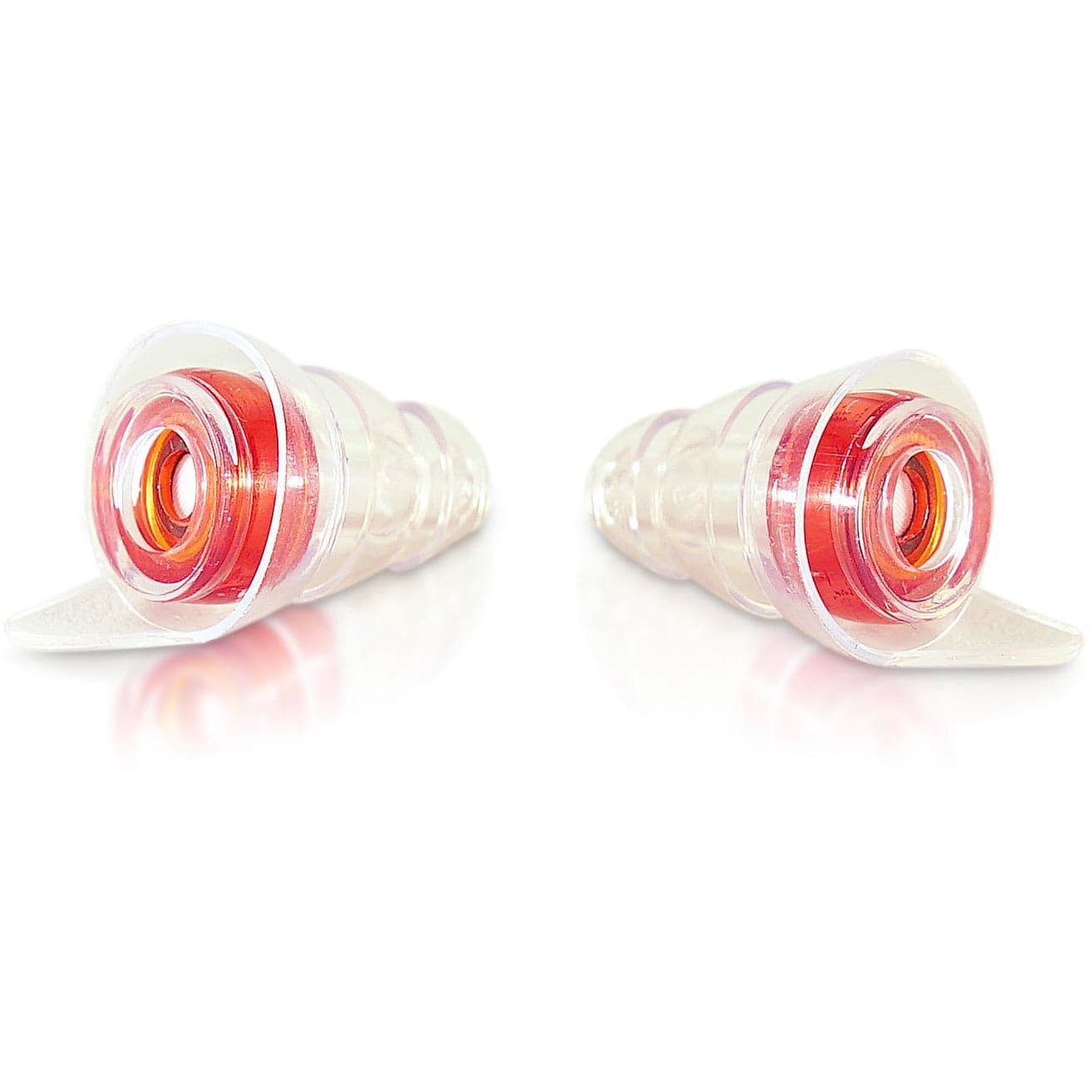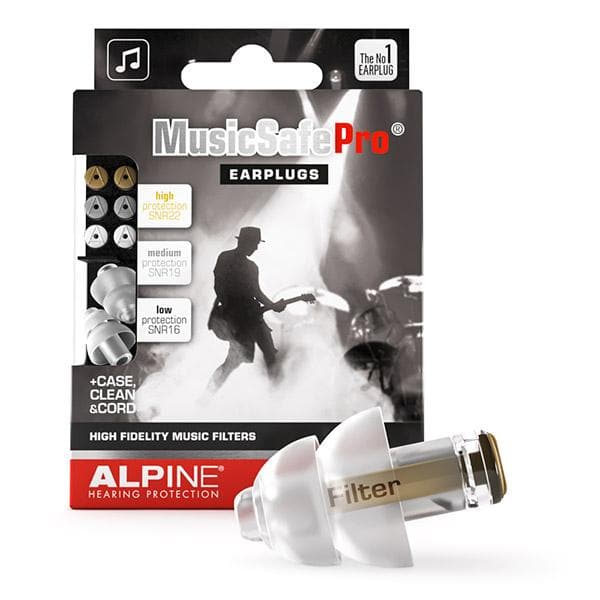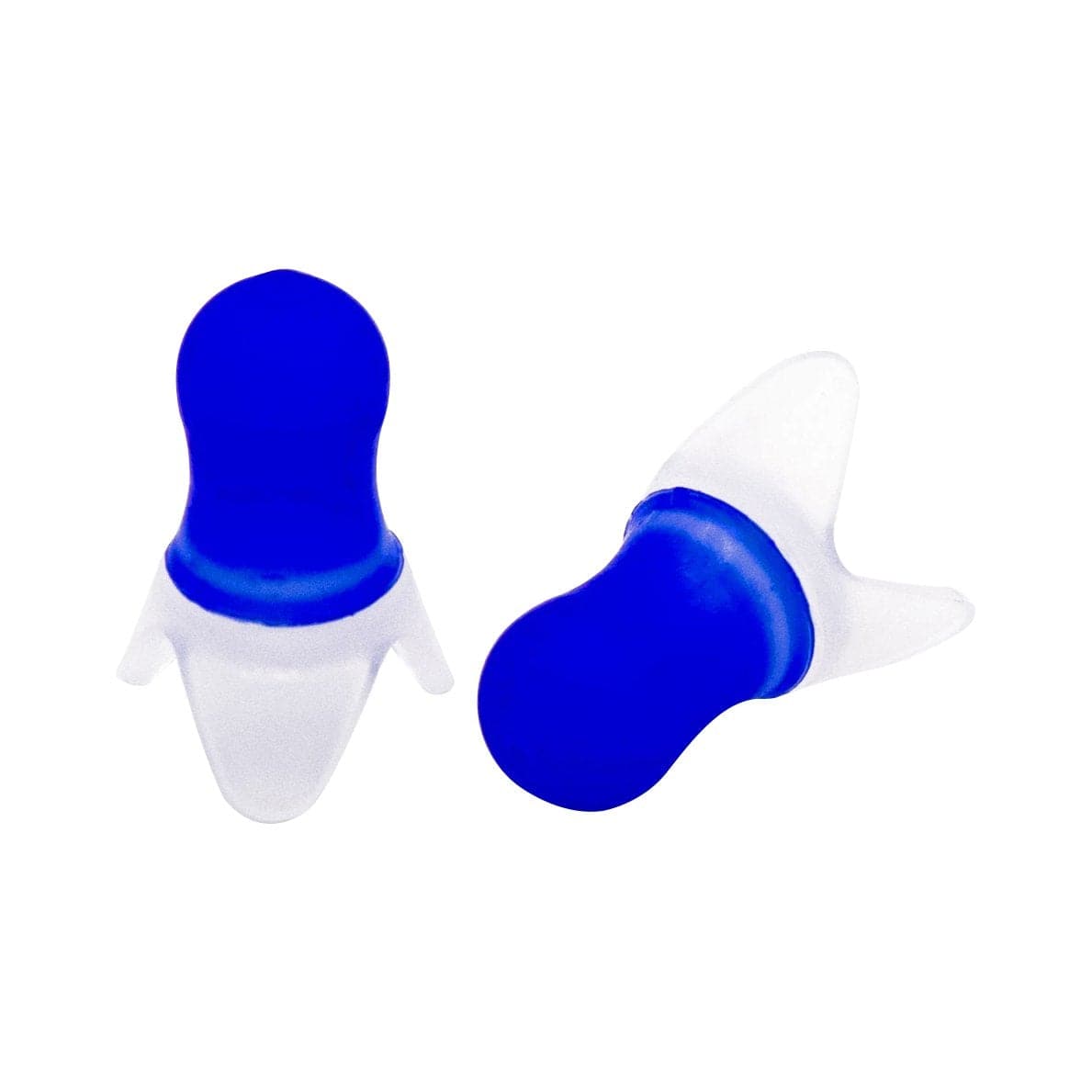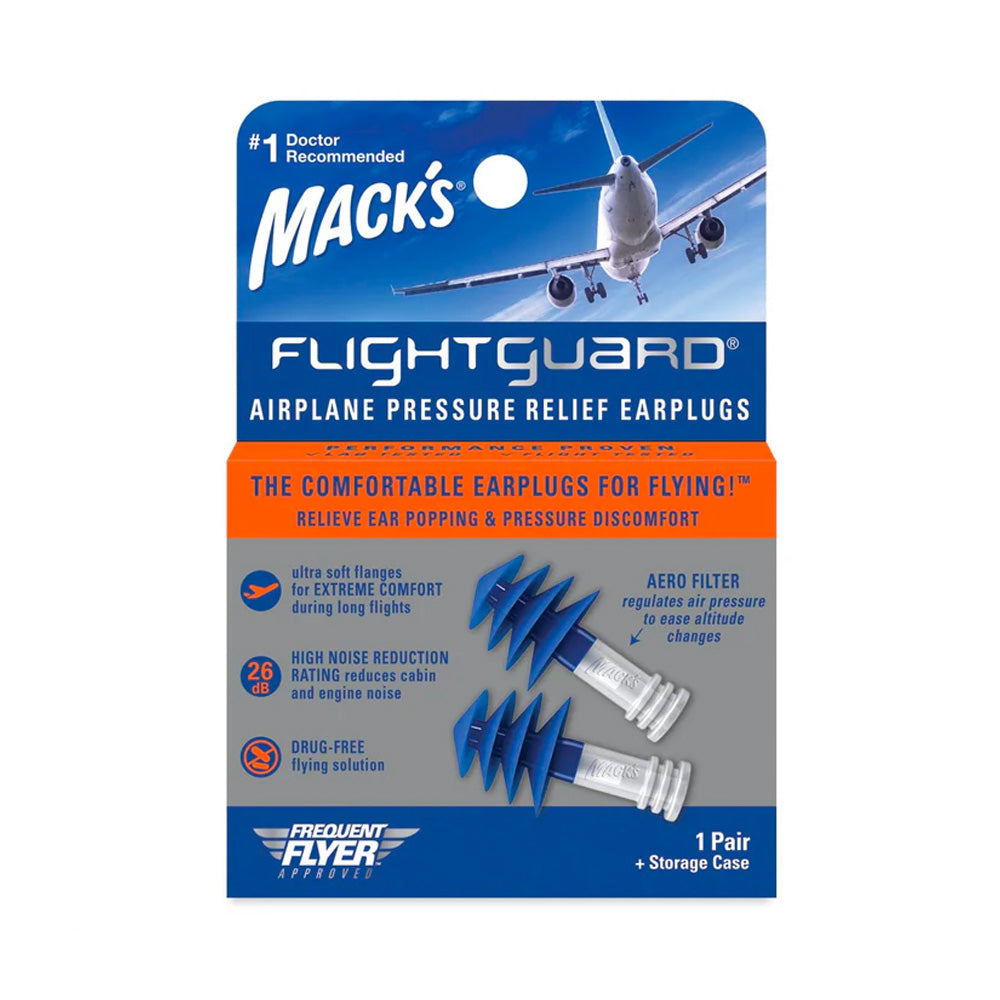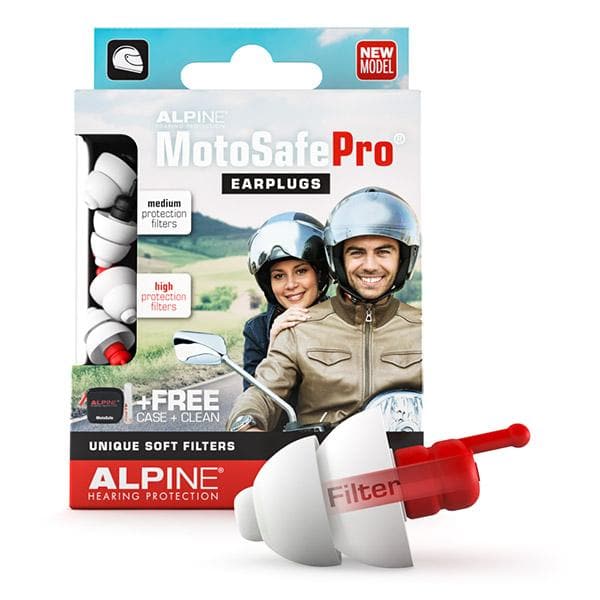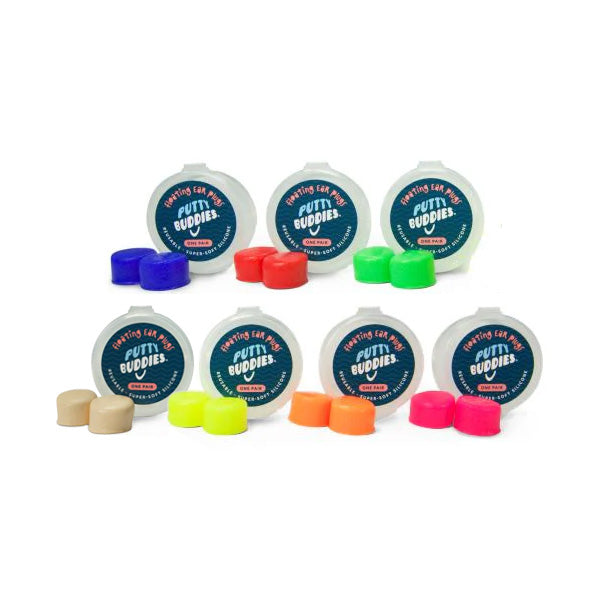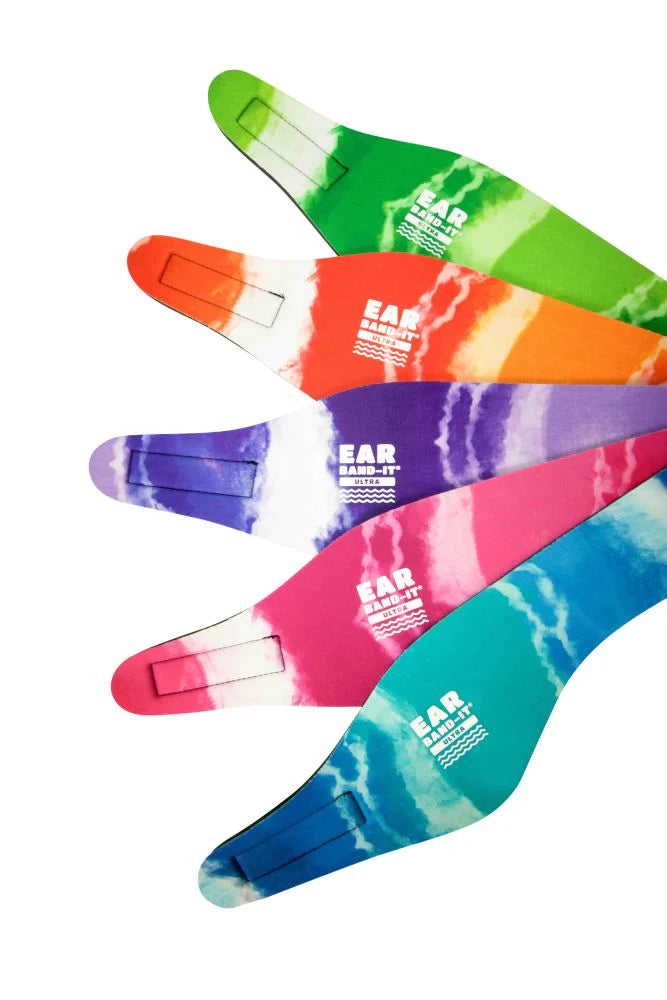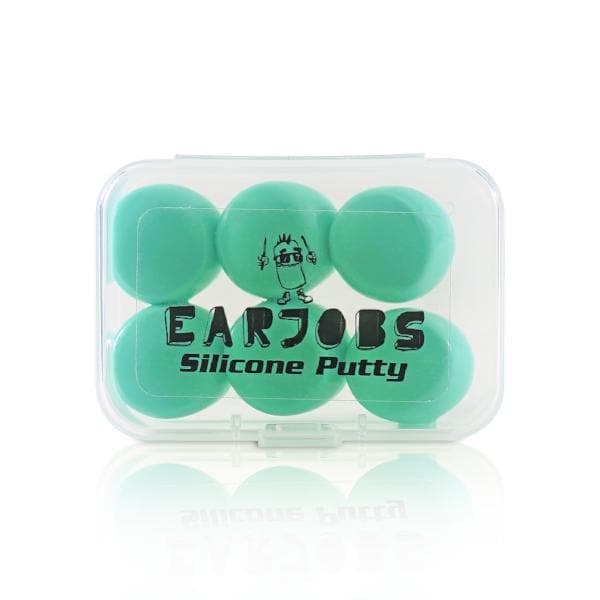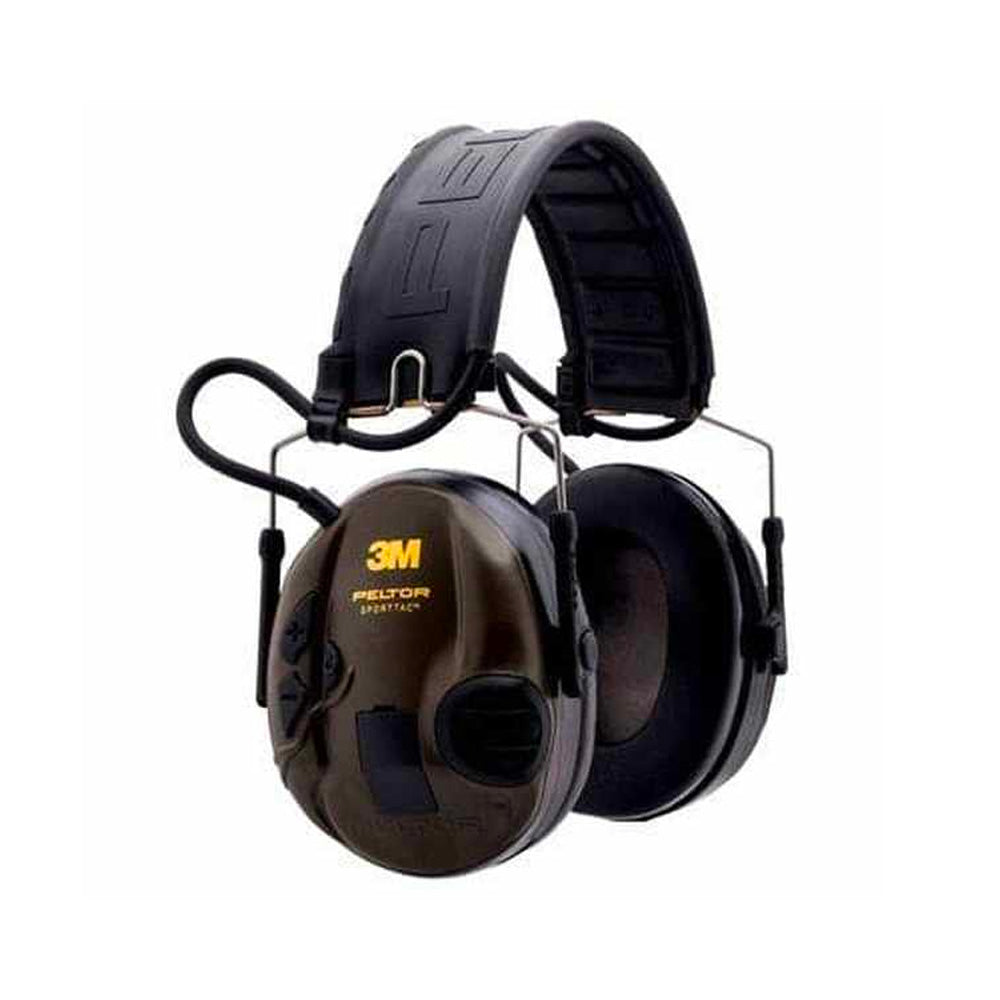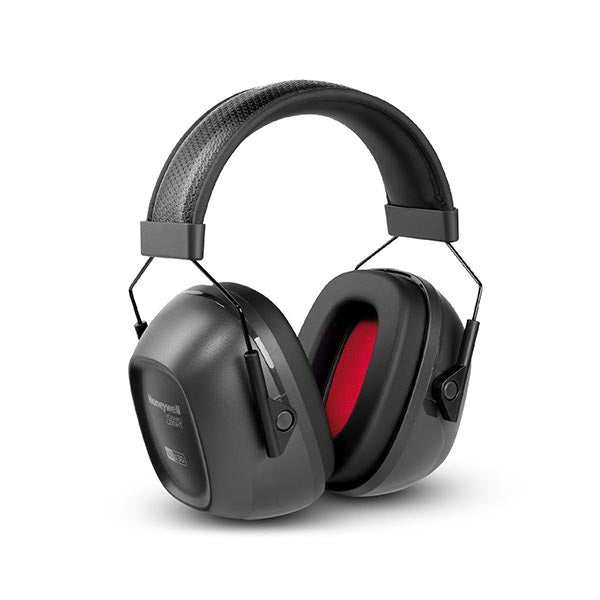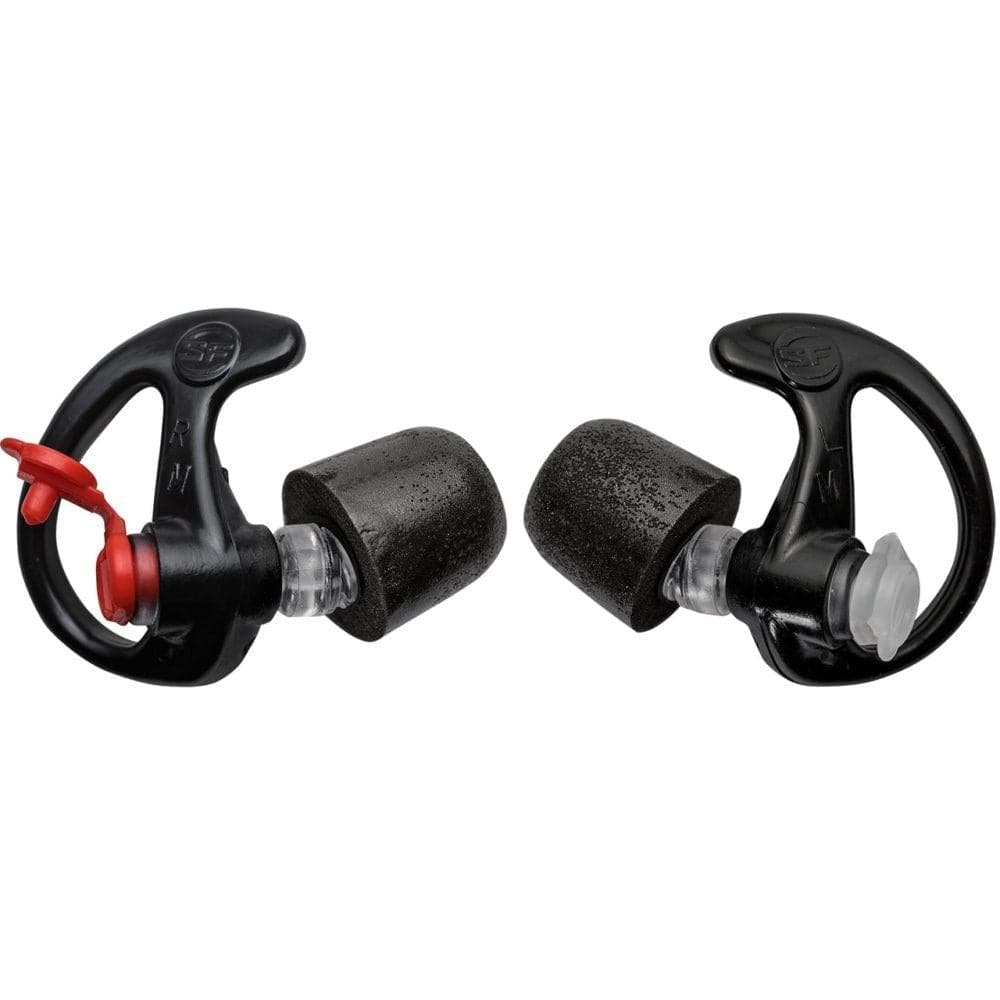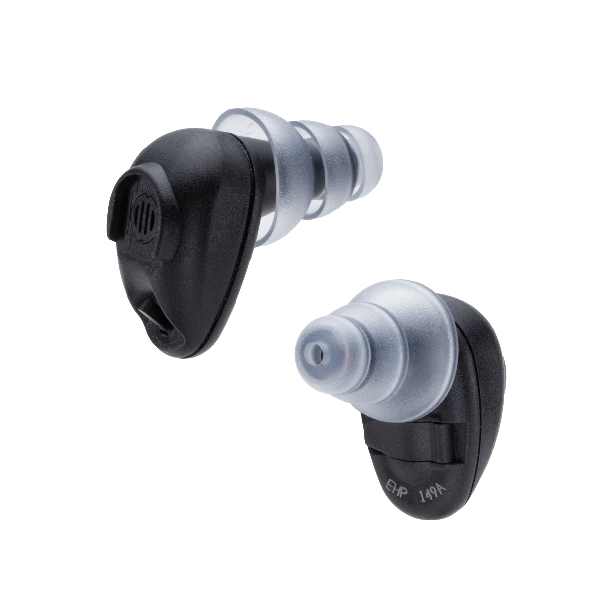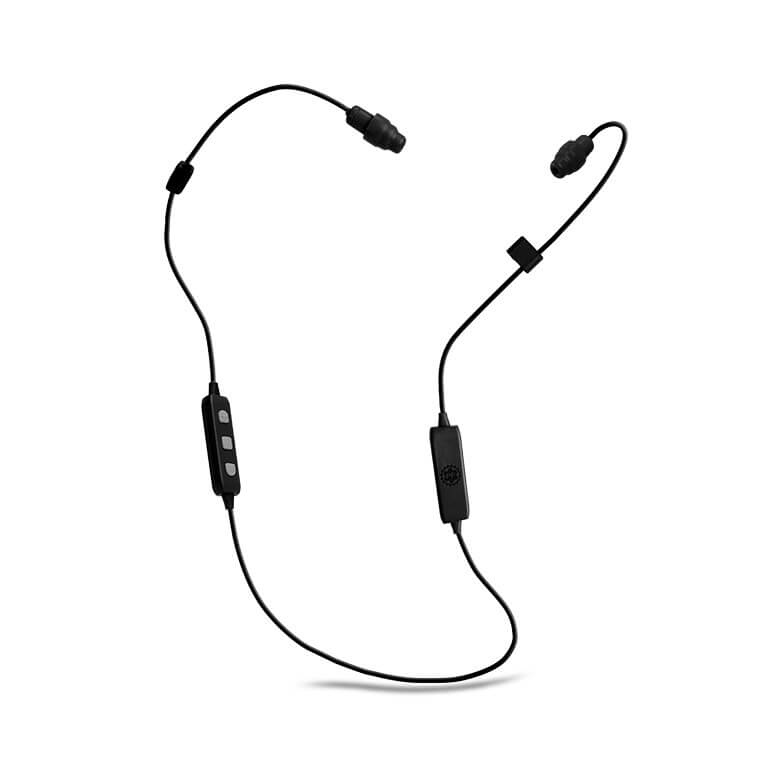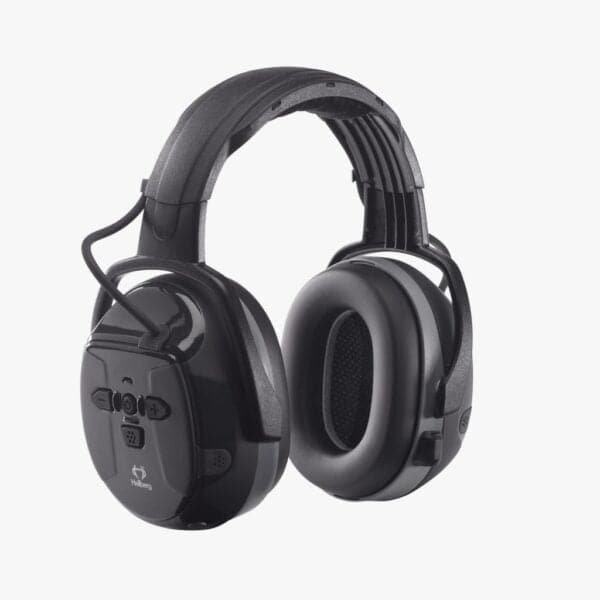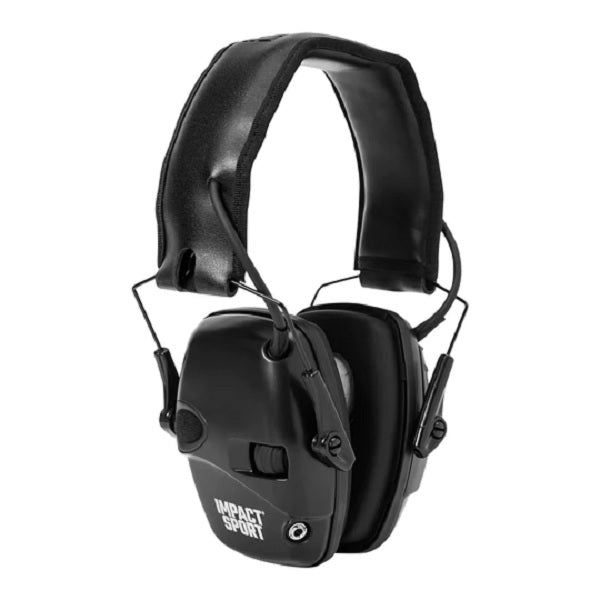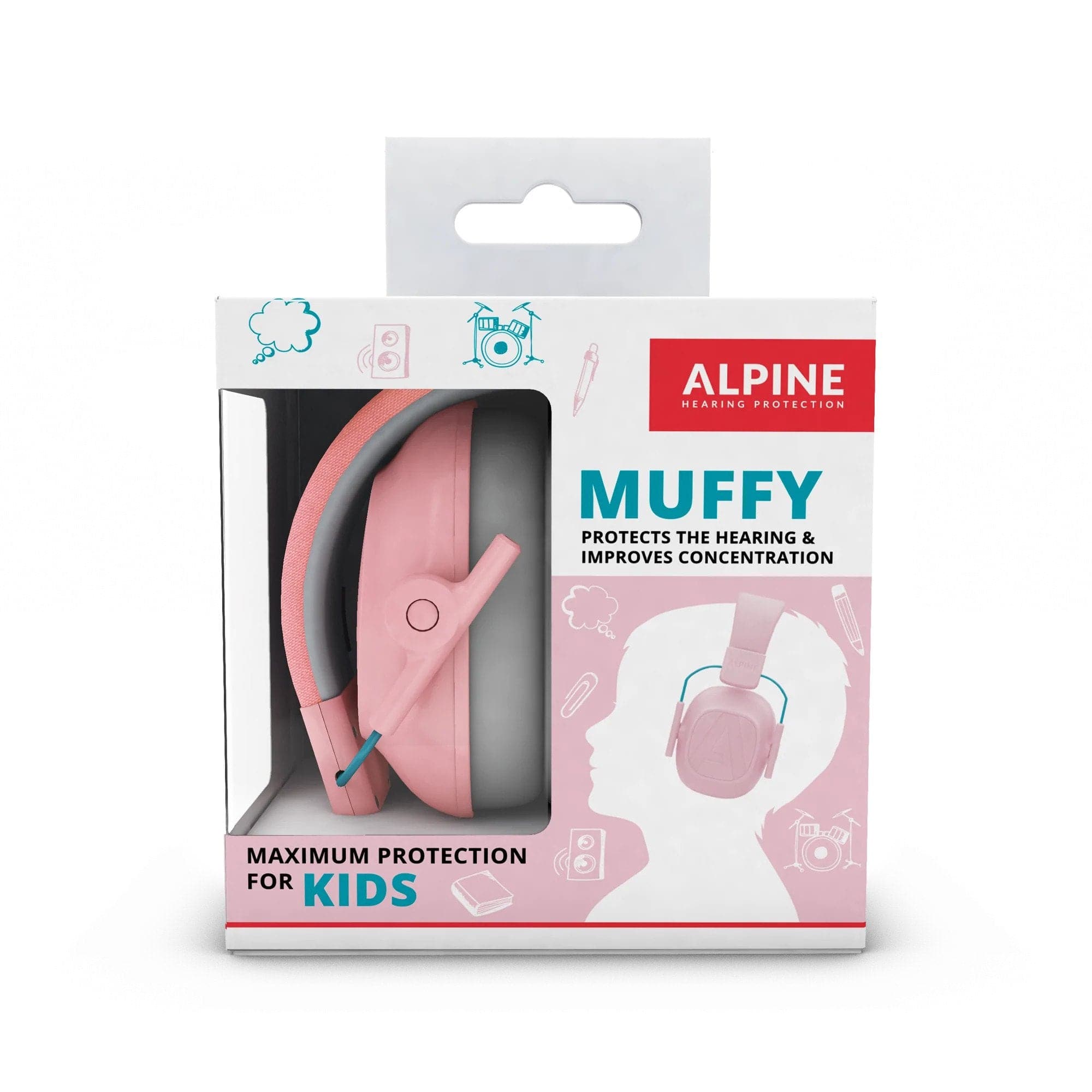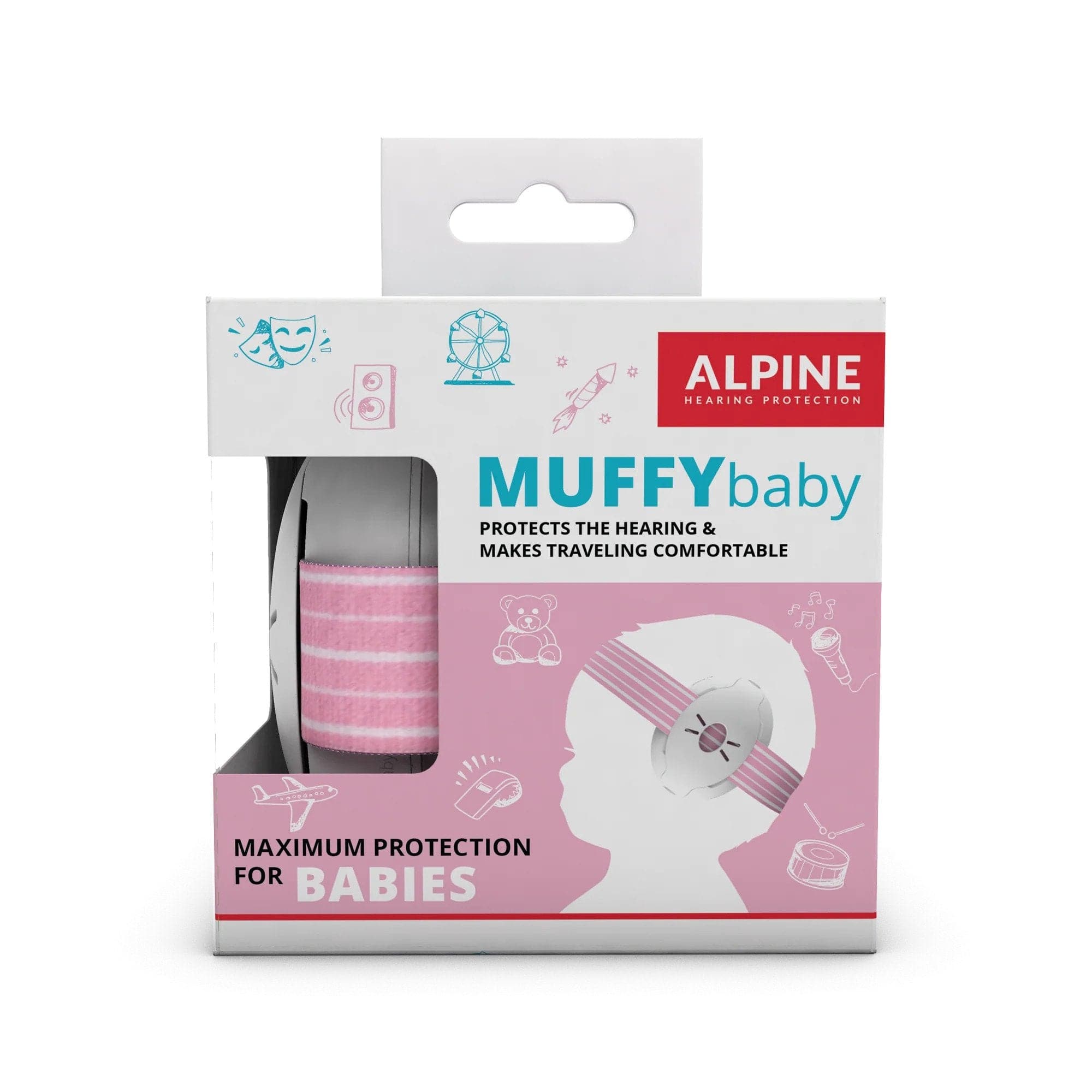New Zealand houses are great for the summer: lots of windows and cool wooden floors, but as winter settles in, it becomes a costly challenge to remain warm and comfortable. The temperature can particularly mess with our ability to sleep. Too warm, and we find ourselves tossing and turning out of the covers. Too cold and you end up unable to fall asleep, watching your breath condense on the alarm clock at four am.
We’re going to look particularly at the challenge of sleep in winter, refuting some commonly held misconceptions and figuring out the optimum way to get your eight hours in a cold room.
Tip #1: Don’t use a heater!
While it’s tempting to unpack the space heater and set it for full force, an overly warm room actually harms your quality of sleep. According to sleep scientist Matthew Walker’s book Why We Sleep, the ideal bedroom temperature is around 18.3 degrees, assuming you’re wearing clothes and using sheets on your bed. Warmer temperatures, such as those associated with heaters, can delay your ability to sleep and aggravate conditions such as insomnia.
Similarly, while a heater may increase comfort in the living areas of the house, it can be expensive to run all day and night. If you do choose to run a heater, cycle it. Let it run until the space is warm and then flick it off until it’s next needed. As an alternative: layer. A warm jumper or a jacket can really save on those electricity bills.
... But Do Warm Your Feet
The body is a complex machine, constantly regulating temperature -- but you can trick it. For example, by wearing a pair of warm socks while you sleep, you draw blood towards the feet, a process that “charm[s] heat out of the body’s core, where it had been trapped” (Walker). While it may seem counter intuitive, this process actually serves to lower the overall core temperature of the body, helping you reach that ideal temperature for sleep.
As an added note, the majority of the heat lost by the body goes through the crown of the head and the feet. If you’re finding the cold particularly stifling, a thin beanie may help your body retain warmth.
Dress (Your Bed) For Success
Of course, just because a slightly cooler room benefits sleep, doesn’t mean you want to go too far. Anything below 12 degrees will begin to have a contrary effect, inhibiting rather than enabling sleep. If you’re finding that your room is below this point, look into a warmer set of sheets. When purchasing a quilt, duvet or doona, pay attention to the labelling. Different fabrics have different uses, but the manufacturer will typically describe a winter product as having “winter warmth” or being “warm and cosy”. A set of warm winter sheets, made of a warm fabric such as flannelette, in combination with a warm cotton/wool doona will do a good job of warming a cold bedroom.
If you find yourself waking up with the sweats in the middle of the night, it means your body is struggling to regulate its temperature. In this case, it’s better to dress your bed in multiple thin layers, so you can remove as necessary or wriggle out while you’re sleeping.
Weight Is Your Mate
You may have heard of ‘anxiety’ blankets, slightly weighted blankets designed to simulate “deep pressure touch”, a therapy that reduces stress and feelings of worry by emulating the same heartening experience of a hug. In the case of a cool room, a weighted blanket can help generate feelings of security and comfort, creating that cosy feeling that accompanies heightened relaxation preceding sleep.
Like ordinary doonas, weighted blankets come in different makes appropriate for all seasons. Before committing to one however, make sure it’s not pushing your bedroom past that pivotal 18.3 degree point, or else it may simply contribute to impeded sleep.
Don’t Forget The Fundamentals
While it’s important to adapt to your surroundings, the same fundamental rules of sleep apply. Avoid using a phone before bedtime. Stick to a sleep schedule. Sleep aids such as earplugs, sleep masks, and white noise machines are your friend. Using them in combination works to create the quiet and comfortable atmosphere necessary for sleep in even a chilly room.
Remember, the best way to maximise your sleep in winter is to create a comfortable environment. Aim for 18.3 degrees, with warm winter sheets or a pair of tight socks. It may take a few nights to reach that optimum combination of temperature and comfort, but a little short term trial and error will result in your discovering a really effective winter sleep routine.
Need more advice?
If you’re looking for personalised recommendations, shoot us an email at support@earjobs.co.nz. The more information you can give, the better -- we’ll aim to get back to you with a customised set of sleep recommendations.

